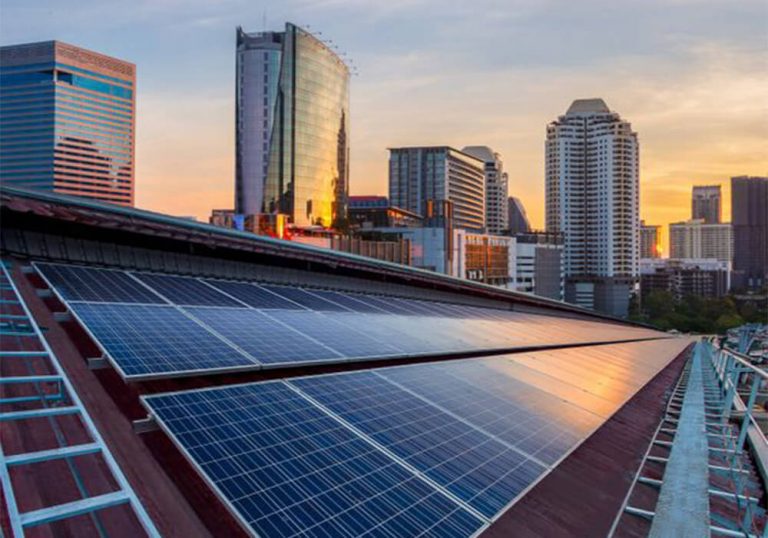Poor solar panel spacing can lead to a range of issues, affecting the overall performance and efficiency of a solar energy system. Here are some common causes and preventive measures for addressing poor solar panel spacing.
Causes:
- Shading:
- Cause: Improper spacing between solar panels can lead to shading issues, where one panel casts a shadow on another during certain times of the day.
- Preventive Measures: Ensure adequate spacing and orientation to minimize shading. Conduct a shading analysis to identify potential obstructions and adjust the layout accordingly.
- Inefficient Use of Space:
- Cause: Poor planning or layout design may result in inefficient use of available space, limiting the number of panels that can be installed and reducing overall energy production.
- Preventive Measures: Optimize the layout through careful planning and design to maximize the use of available space and capture as much sunlight as possible.
- Overheating:
- Cause: Inadequate spacing between panels can lead to reduced airflow, causing panels to overheat and experience a decrease in efficiency.
- Preventive Measures: Ensure proper spacing between panels to allow for adequate ventilation. This is particularly important in hot climates.
- Maintenance Accessibility:
- Cause: Insufficient spacing may hinder maintenance activities, making it difficult for technicians to access and service the solar panels.
- Preventive Measures: Plan for adequate spacing to allow easy access for cleaning, inspections, and maintenance activities.
- Snow Accumulation:
- Cause: In snowy regions, poor spacing can lead to snow accumulation between panels, reducing energy production until the snow melts or is manually removed.
- Preventive Measures: Plan for appropriate panel tilt angles and spacing to minimize snow buildup. In some cases, automated snow removal systems may be considered.


